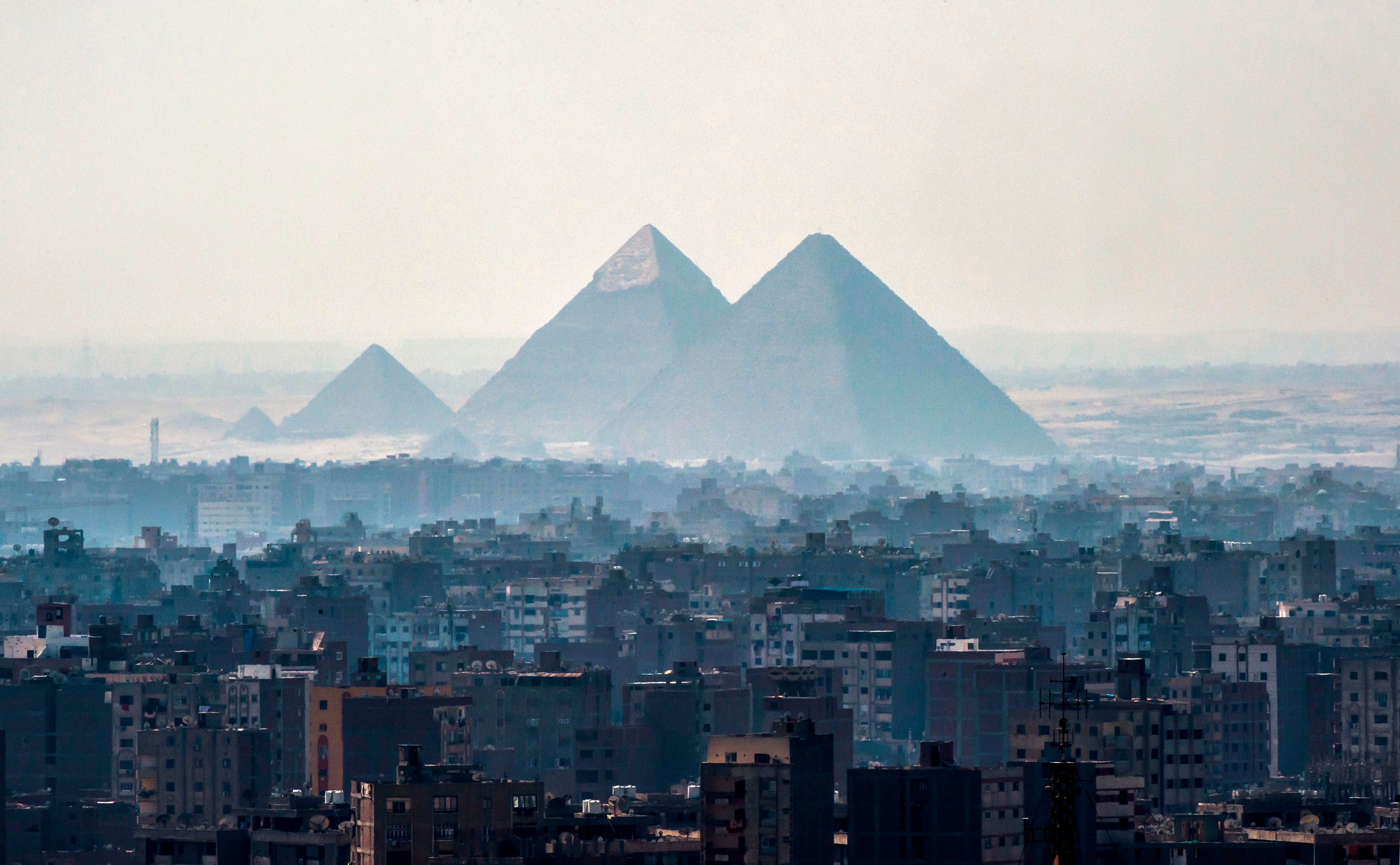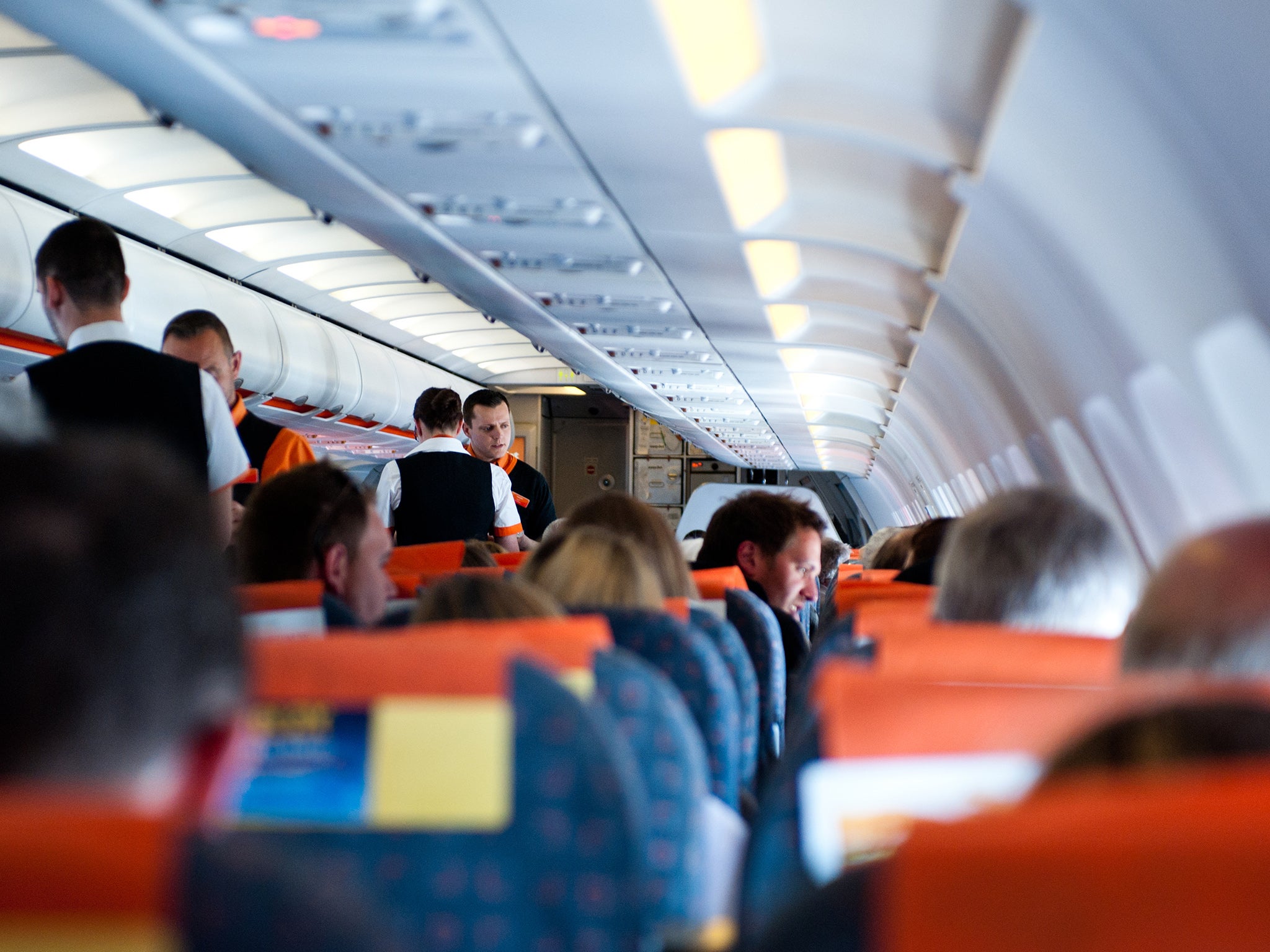What’s the best way to buy currency for touring Egypt?
Simon Calder answers your questions on travel money, Italian railways and armrest etiquette


Q Next month I’m going on an escorted tour of Egypt. Most costs are covered but I will need some currency to tip guides etc. What is the best way to get it?
Gilly S
A The local currency is the Egyptian pound – international code EGP but often written LE (short for the French equivalent, livre égyptienne). Like several countries in Africa, Egypt’s currency is not legally obtainable abroad. But that should present no problem if you take clean £5, £10 and £20 Bank of England notes.
As soon as you land in Cairo or one of Egypt’s other international airports, you will be confronted by a number of competing bureaux de change – usually even before you have left the arrivals hall. The British pound is still, remarkably, the third most recognised currency in Egypt after the US dollar and the euro. Armed with a £20 note and the latest Central Bank of Egypt exchange rate (currently EGP22.09 to £1) engage in a brief shop-around to identify the best deal – to avoid any misunderstandings over commission rates, ask: “How many Egyptian pounds will you give me for £20?”
As with airports almost anywhere in the world, you will not get the best deal for currency. But even if it is 10 per cent worse than outside, you should happily pay what amounts to a £2 airport surcharge for convenience. Ask for low-denomination notes, mostly EGP20 and EGP10. It is common to find that traders and taxi drivers profess to not having change for larger notes.
Once on your tour, you can be sure that you will pass many more exchange offices in tourist areas. Change little and often because converting EGP back to sterling is tricky. And keep half an eye open for 50 piastre notes (representing half of one Egyptian pound): these were taken out of circulation in 2015 but some tourists have been lightly scammed by being given these in place of 50-pound notes. Should you fall victim, though, console yourself that the loss is less than £2.50 a time – and that the locals, whose tourism earnings have been hit so hard over the past decade, certainly need it more than you do.

Q Is it easy to buy rail tickets in Italy? Are they for specific trains? I don’t want to buy in advance because of the vagaries of air travel – I can’t be 100 per cent confident I will get there in the first place.
Mike H
A I spent part of the summer travelling through Italy by train, and here is my assessment. For any journey on a “classic” train (not Italy’s excellent high-speed network, nor intercity, Eurocity or night trains) there is no need to, nor benefit from, booking in advance. The price you pay at the station five minutes before departure is the same as if you book weeks ahead. But since last I was there, a new policy seems to have been brought in that all tickets (apart from metropolitan networks around big cities) are for specific trains.
The hour-long trip from Bologna to Parma costs €8 (£7) on any of the many regional trains but your ticket from the machine at the station or the booking office will be for the next departure unless you specify a later train. The new concept means the need to cancel your ticket before boarding has also been removed, which is a blessing for those of us who sometimes forget.
At busy times, though, you could well be glad of the Trenitalia app on your smartphone (assuming you have a decent data roaming deal for Italy). It takes a bit of time to set up, and to be introduced to your credit card, but after that the English-language version works well – and also gives updates on the progress of your train.
For expresses on the high-speed network, booking well ahead will save money. But if you, like me, prefer to stay flexible you can still find reasonable fares on the day. The Trenitalia app will give only half the picture, though; the competing high-speed operator, Italo, sells tickets separately.

Q What, in your opinion, is the correct etiquette for armrest use on an easyJet-type flight? Does the passenger in the middle seat have a right to rest their elbows on both to compensate for the lack of a window seat or easy access to an aisle?
Tim A
A On the standard configuration of an easyJet Airbus A320 (or a Ryanair Boeing 737), there are four armrests between three passengers. I loathe middle seats and would do almost anything to avoid them, except actually pay for seat selection. But I fully support the notion that whoever is in seat B or E in a six-abreast row should be able to deploy their limbs on both.
The window-seated person has a couple of spare inches of sideway space beyond the armrest, and can lean against the fuselage. The passenger in the aisle doesn’t have quite such a comfortable option, but they can extend slightly to the right or left subject to people (and trolleys) moving back or forth along the plane. Obviously, they also enjoy unimpeded access to the aisle. So if Billy-no-benefits in the middle seat wants to lay claim to both the armrests, good luck to them.
Airlines recognise that the middle seat on short-haul flights is deeply unloved, which is why, for example, the British Airways Club Europe (business class) hard product simply involves leaving middle seats unoccupied and adding a fold-down table where a passenger would ordinarily be.
Finally, even though you didn’t ask: Airbus A320 aircraft have a slightly wider cabin than the Boeing 737, which can help. Oddly, while I have had perfectly reasonable four- or five-hour middle-seat flights on Delta and Ryanair, easily the worst middle-seat experiences I have had were on A320s: Wizz Air from Budapest to Baku, and Yemenia from Cairo to Socotra. To be fair, though, both were overnight flights. And I can’t remember what arm-rest configuration I settled upon with my fellow travellers.
Email your question to s@hols.tv or tweet @simoncalder


Join our commenting forum
Join thought-provoking conversations, follow other Independent readers and see their replies
Comments